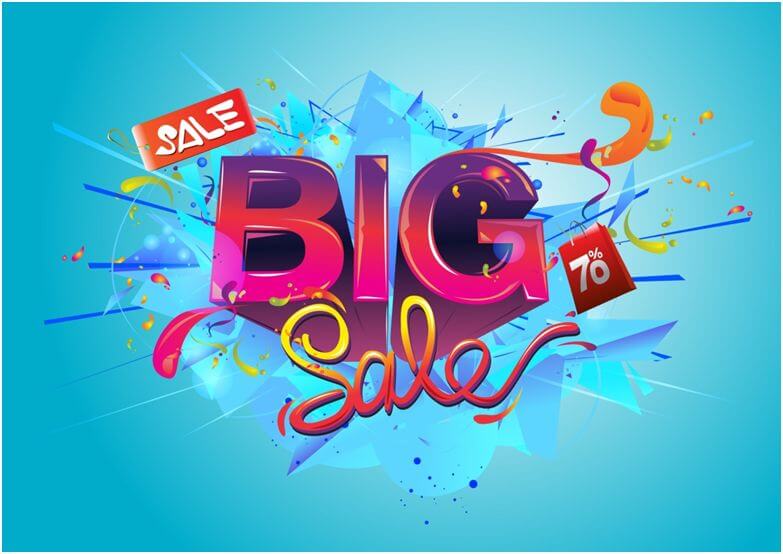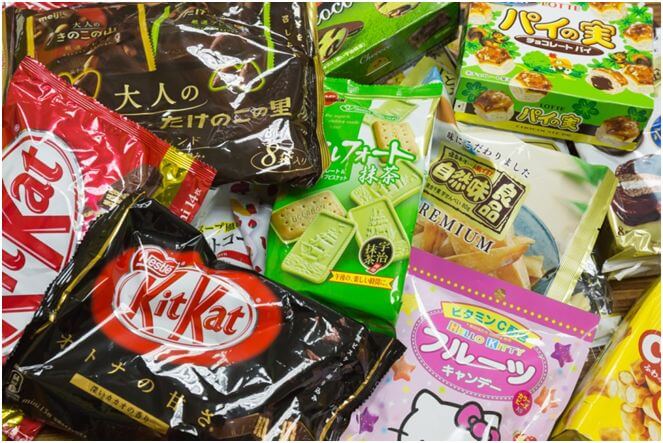Nowadays, the attention of potential buyers is split among the numerous amount of media that are relaying information about their new products or services for pretty much every company out there. Competing companies are fighting to attract customers and gain their attention before they are able to notice another brand.
In a highly saturated market, it is crucial to find new means to create interest and gain more customers. Otherwise, your brand will go unnoticed by the millions of potential customers. It is difficult and challenging to do so? Yes, it is. However, there are multiple promotional methods your brand can explore and experiment to find out what your target audience likes best.
How can you successfully boost sales going and gain a competitive edge against rivals? One of the best solutions is to launch a promotional campaign! A promotional campaign is where multiple advertising and marketing materials are used to promote one’s business.
Here are various examples of commonly seen promotional campaigns:
- Billboards
- Newspapers
- Digital commercials (such as on the television)
- Social media
Promotional campaigns are targeted and convey a strong message
Various forms of promotional campaigns can be used to target different demographics. For instance, you are recommended to advertise via the newspapers if you are targeting the older population. Brands are recommended to advertise through social media if they are targeting millennials. Using the right techniques and measures to market your targeted audience is crucial because this allows your brand to reach potential buyers.

It is important that you define specific goals before starting a campaign. Setting clear and achievable objectives will ensure that you are able to coordinate every step of your campaign and control every action, while also being able to assess the overall effectiveness of the campaign.
A more marketing driven definition for a promotional campaign would be a series of advertisements using various marketing tools that share the same message and ideas to promote a business or event to a target audience. The typical campaign uses different media resources including internet, newspapers, television, radio, and print advertising.
How to know if I can launch my campaign?
You first need to make sure you have enough budget to start a campaign. Be it using media or non-media support, a campaign creates costs that can really escalate, especially if you choose to use televisions as a way to deliver your message. For very small enterprises, a promotional campaign is often out of reach.
If you are still here though, this means you have enough funds to back it up. The next step is to make sure you know who is your target. Which market? Which consumers? What has been done by others? You need to get information on each of these factors and it will help you choose which supports you will use during the actual campaign.
You need to also need to take into account cultural differences and how your product or service could adapt to the target market. Adapting your message to the audience is crucial, and a good slogan can sometimes wrap it all up and make the whole campaign successful.
What media to use?

You can use every media or non-media means at your disposal, if your budget allows it.
Mass media: It allows your promotion to reach a wider audience, thus raising brand awareness. However, it will be costly. This includes TV, newspapers and magazines, the radio as well as billboards.
Newspapers: Making use of newspapers are a cheaper alternative and can still reach a large audience, especially with older people.
Radio: The radio is a good idea if you have a strong motto or slogan. This is because of the repetitive nature of radios, people listening to it in their cars will be exposed to it several times a day. Therefore, it will raise brand awareness and increase the chances of them spotting your product.
Radios and billboards work well together. For example, the advertisement will be extremely effective when customers are constantly hearing your slogan on the radio while seeing pictures of your products on billboards. This will coordinate your marketing techniques and consolidate the main message.
Televisions: TVs also conveys this idea, mixing images with a nice pitch that can express your brand values. You are sure to get a lot of attention and increase brand awareness with a TV ad, but this is the most expensive media.
Social Media: There are ever-growing promotional platforms, such as Instagram, LinkedIn, Youtube, etc. Instagram also has a showcase of brands, almost like online shops. You can opt for this type of media for your campaign if you target the youth, or if you sell tech-related products.
Last but not least, flyers are still a great way to promote efficiency. First, someone will distribute them, it gives a human face to your company, creates contact and a more natural bond with customers. The flyer itself can be seen by a lot of people, possibly reaching a lot of customers.
What is the key to success?
The most important thing to remember is to strategically target your audience, adapt to their needs and culture, deliver the appropriate message in a coordinated way. Every support you use should complement the others, creating a whole that simply presents your brand and product under its best light, making the customers naturally attracted to it.
A quick example of a successful promotional campaign

Kit Kat was launched in 1973 in Japan, the country wasn’t used to chocolate consumption and was renowned for its healthy food and lifestyle. So how did Kit Kat became the most sold chocolate in this country to this day?
A good marketing campaign, well targeted and with a sensitive cultural approach is the answer.
It starts with a bit of luck, but Kit Kat is phonetically close to the Japanese expression “kitto katsu” which means “you will succeed for sure”. With the Japanese being superstitious and keen on everything that is good fortune related, Nestlé knew there was a soft spot to target.
With further study of the culture, it is easy to realize that entrance to the university is a stressful and determinant moment in a Japanese person’s life, this is usually a time where students receive gifts for good luck and that family is one of the pillar values of this society.
With that in mind, Nestlé organized its campaign as follows: They will create a temporary Kit Kat packaging, with space to write a message on it and they joined forces with post offices on their campaign. The Kit Kat where sent by families to the students as a gift for good luck and comfort in stressful times. The campaign also created special billboard messages with the “You will succeed for sure” slogan, slowly, the japanese associated good luck with this chocolate.
The Kit Kat campaign brought people together, took into account cultural particularities and values. It is now a symbol of good luck, sharing, supporting one another and overcoming obstacles. Great for just a chocolate bar isn’t it?
This is how a great promotional campaign can boost sales and create leadership on a market. Win your consumers hearts, don’t sell them just a product but try to understand them and add value through your campaign and product. 46 years later, Kit Kat has become a part of Japan’s culture itself, with over 200 flavors distributed and a strong leader position in the chocolate market.
This could be you! Prepare your campaign carefully, study your market and your target, coordinate every support and action to convey a strong message on your brand, show shared values with your potential consumers and you will meet success.
For more information, please click here to find out more information on promotional campaigns, and how they can be the key in vastly improving your business.
Conor O Donovan is the CEO of The ODM Group, a Promotional Products Agency based in China & design agency in Vietnam. Conor has led multiple branding projects, designing and manufacturing marketing materials. These range from small on-pack cover mounts, to large POS displays, to complex electronics. With more than 15 years of experience and 8,000 published articles on the promotional products industry, ODM is an industry leader on marketing, design and product development.